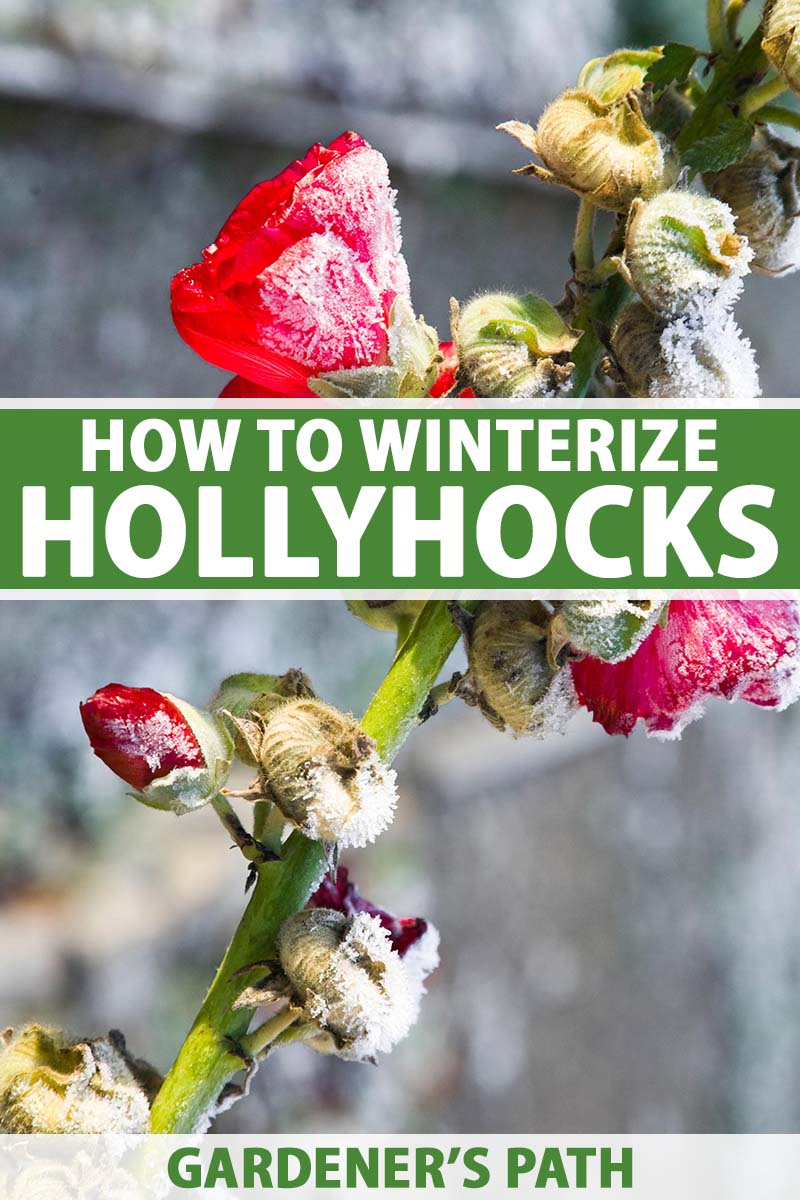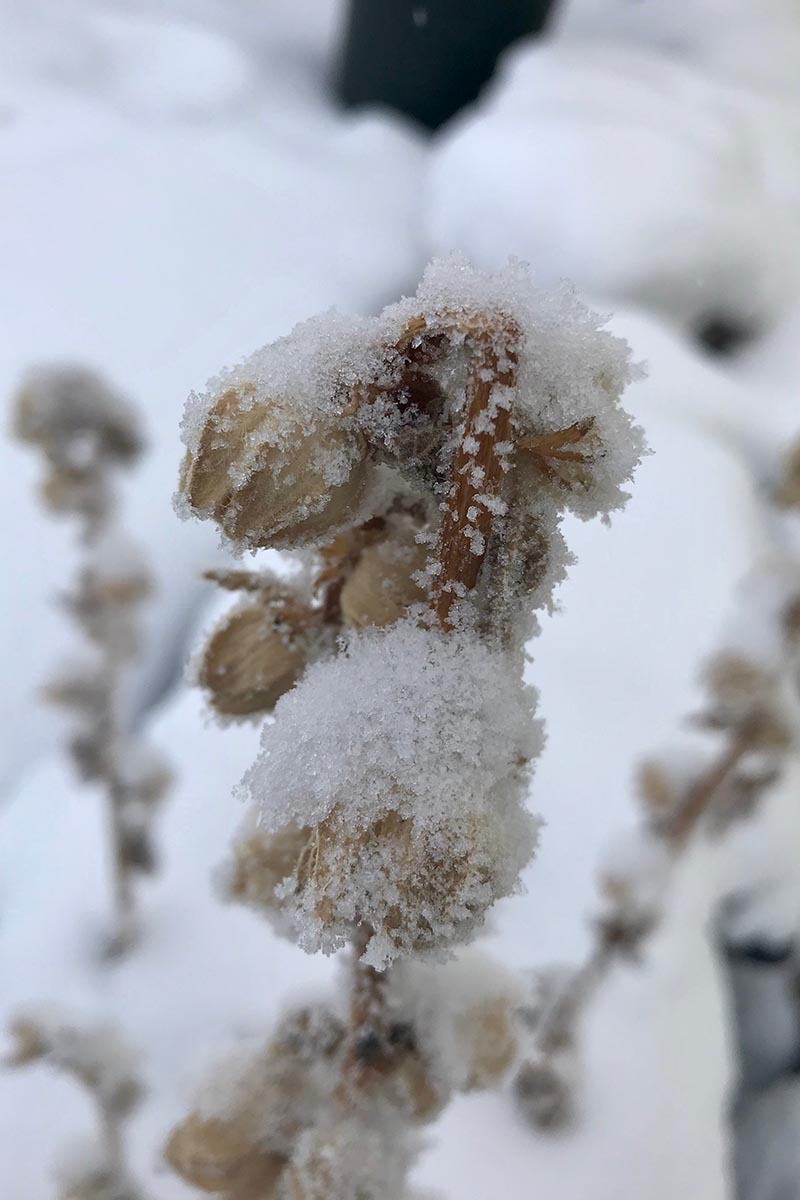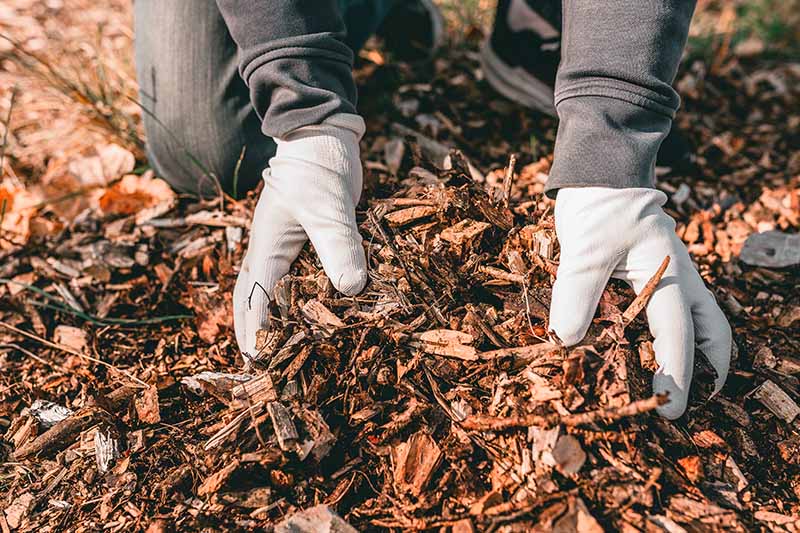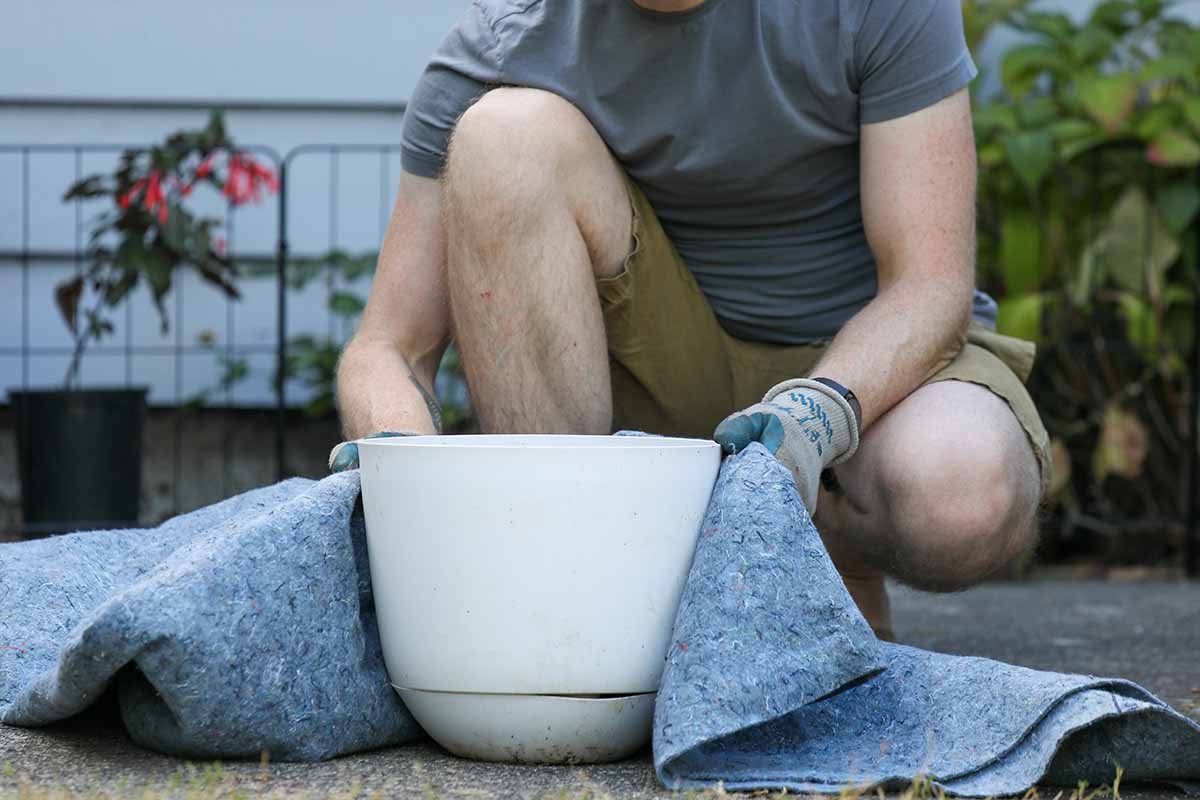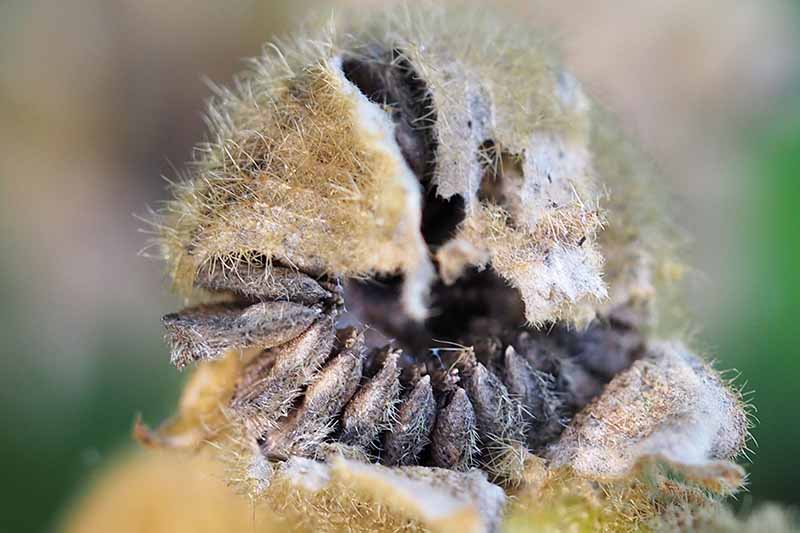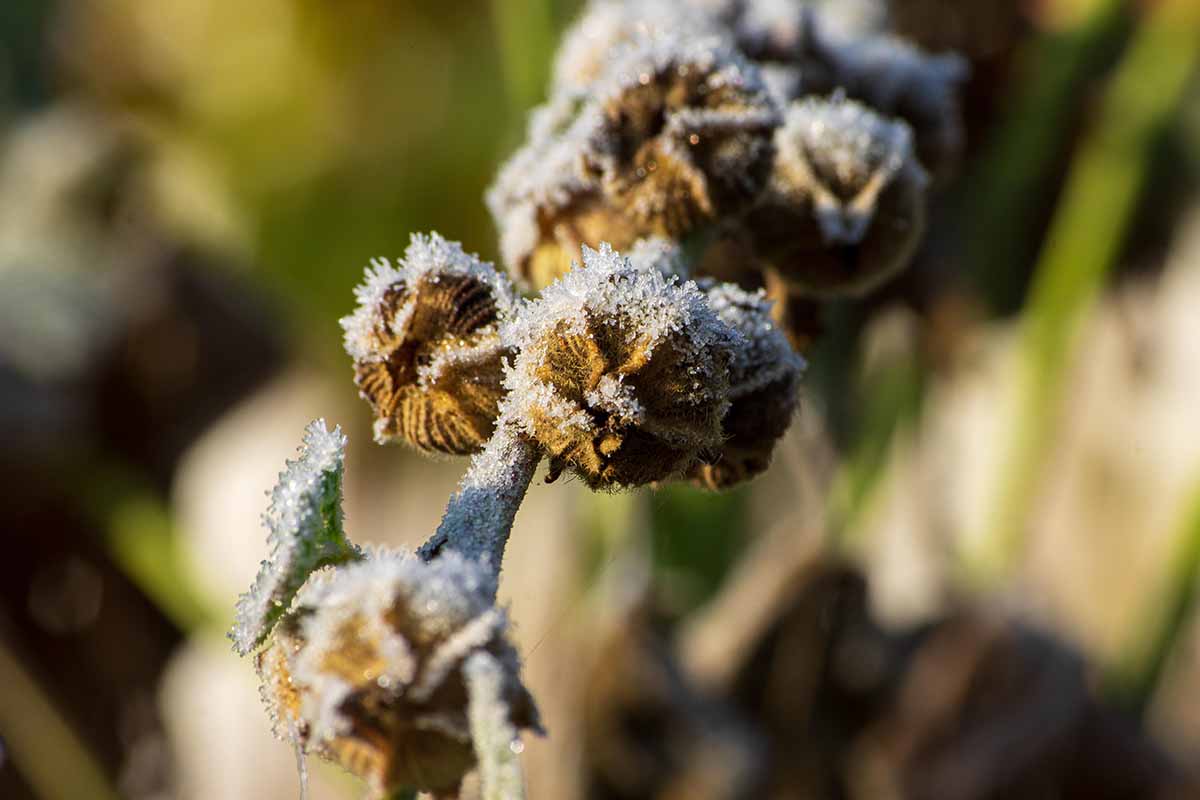They’re so pretty that they would even be worth growing if they were super fussy. Luckily, they’re not! They are surprisingly low-maintenance, given their showy appearance. Still, they’ll appreciate a little extra care to keep them looking their best. We link to vendors to help you find relevant products. If you buy from one of our links, we may earn a commission. To help you figure out how to care for your plants during the winter, we’ll go over the following: Winter will be here before you know it, so let’s dive right in!
Winter Care Starts Early
If your plants have been stressed all summer, they’re less likely to survive the winter intact. Hollyhocks that are troubled by pests or diseases, or that experience drought or overwatering, are going to be much less healthy. An unhealthy plant is less able to set up the nutritional stores it needs to get it through the winter, so it’s also going to be less prepared to burst forth with new growth in the spring. Thank goodness hollyhocks are such tough plants. So long as you provide what’s required in terms of basic care, they should be fine. Our guide to growing hollyhocks can help.
Prune Them Down
Once the cold weather arrives, the stalks (if present) and remaining foliage need to be trimmed down. Do this when the plant is completely dormant, which usually happens after the first several hard freezes. The leaves should be completely brown and dead-looking. If you cut them early, you reduce the plant’s ability to generate food reserves that it will need next year. There’s no need for finesse, here. Just cut everything down a few inches above the ground using a clean pair of scissors, clippers, or pruners. Don’t cut too low or you risk damaging the crown.
Add Mulch
Once the leaves and stems are cut down, it’s time to add some mulch. Mulch serves multiple purposes. It protects the roots from temperature fluctuations, which is the biggest risk to your plants. If a plant stays frozen all winter, it’s no big deal. They’re adapted to this. But if they thaw out and refreeze, it can damage the cells and kill part or all of the plant. Mulch also adds nutrients that the plant can access come spring. Well-rotted compost is the best for this purpose, but well-chopped leaves or wood chips can also work. Don’t use anything that forms a dense mat that will trap water underneath, such as unchopped leaves.
Tips for Potted Plants
Hollyhocks growing in containers are more exposed to the elements. The roots are more likely to freeze and thaw throughout the winter than those planted in the ground. To help limit the damage from the freeze-thaw cycle, wrap the pots in thick wool blankets, bubble wrap, burlap, or straw. Moving companies often discard or sell their moving blankets for cheap once they’ve reached the end of their life. These make wonderful pot protectors. Just wrap the outside in plastic or you’ll have some extremely sodden blankets by the end of winter. Or you can move the containers somewhere protected like an unheated garage, a shed, or next to the house under a patio. You don’t want them to be somewhere too warm – the goal is just to protect them a bit. Regardless of which option you choose, heap some mulch on top as an added layer of protection.
Reseeding
Hollyhocks are short-lived. They typically only survive for three or four years, though some can last a bit longer if you consistently remove the spent flower stalks attentively. Keep that in mind when protecting your plants for the winter. At some point, they’re simply not going to return because their lifespan has reached its end, and not because you didn’t protect them well enough. If you want to carry on the legacy of your favorite hollyhocks, let them reseed. In late summer, the flowers will fade, and a pod forms. When this pod turns brown, this indicates that the seeds inside are mature. Break open the seed pod and sprinkle the seeds on the ground. You don’t need to bury the seeds, but water them in well, and keep them moist until winter arrives. You can also clip off the seed pods and store the seeds in an envelope for spring planting. (I love you, roses, but sometimes you can be a bit much…) A quick prune, a bit of mulch, and you’re pretty much done. Do you let your hollyhocks reseed in the garden or are you just looking to keep your existing plants healthier over the winter? What cultivars are you growing? Share your experiences in the comments! And by the way, if this guide helped set you on the right path, you might be interested in a few of our other guides to caring for hollyhocks and their close relatives:
How and When to Deadhead HollyhocksHow to Grow and Care for Hardy HibiscusHow to Grow and Care for Rose of Sharon
